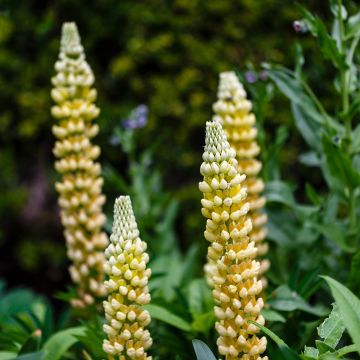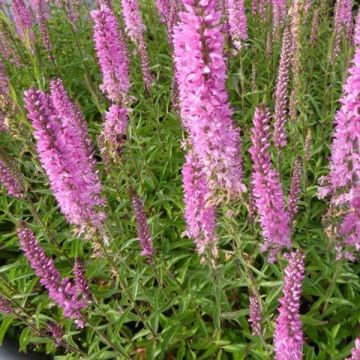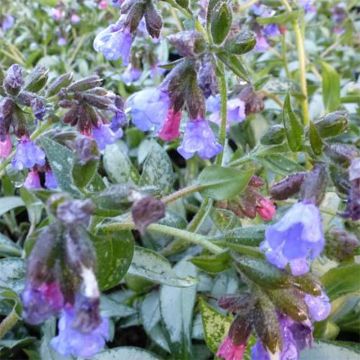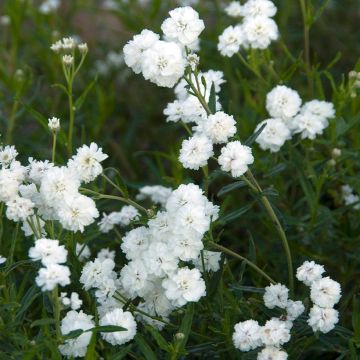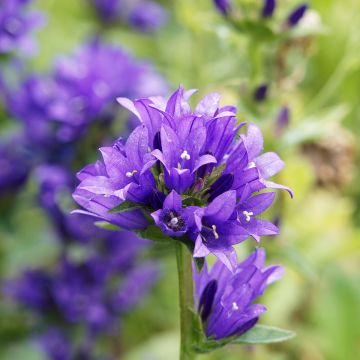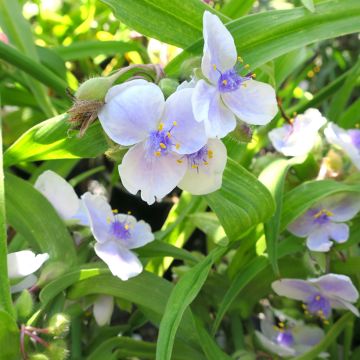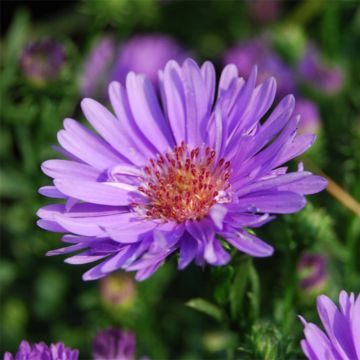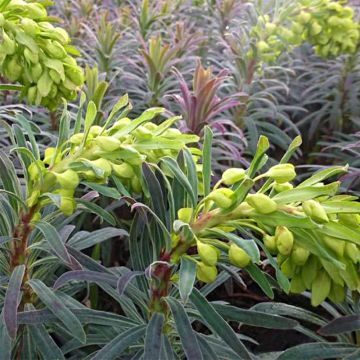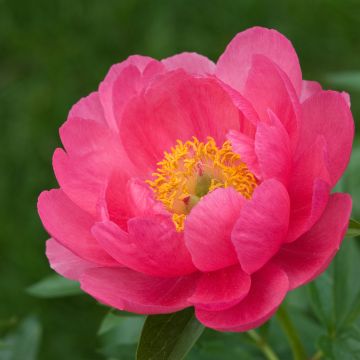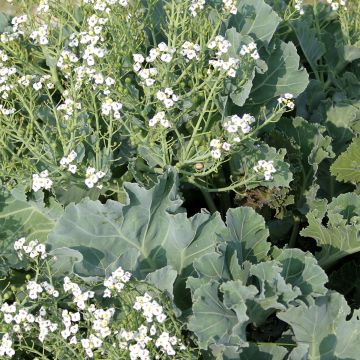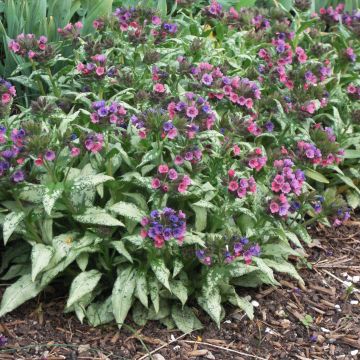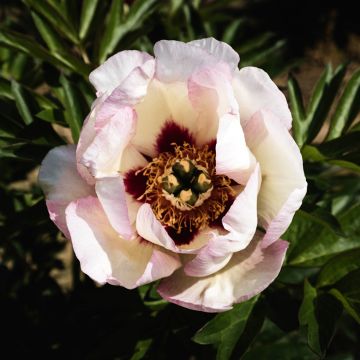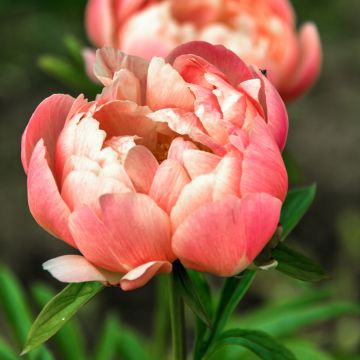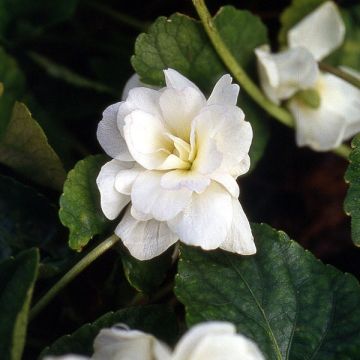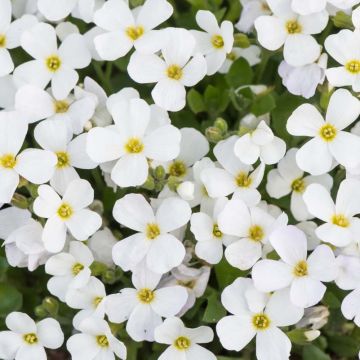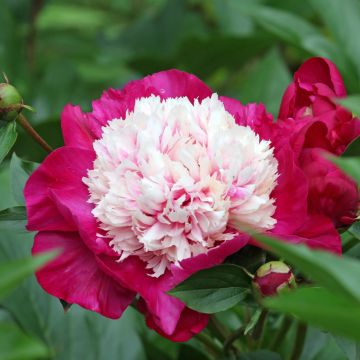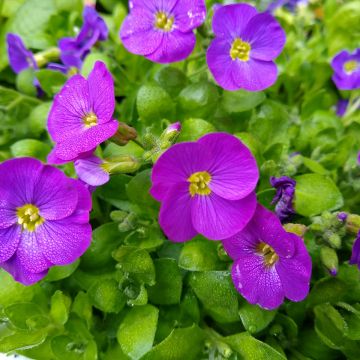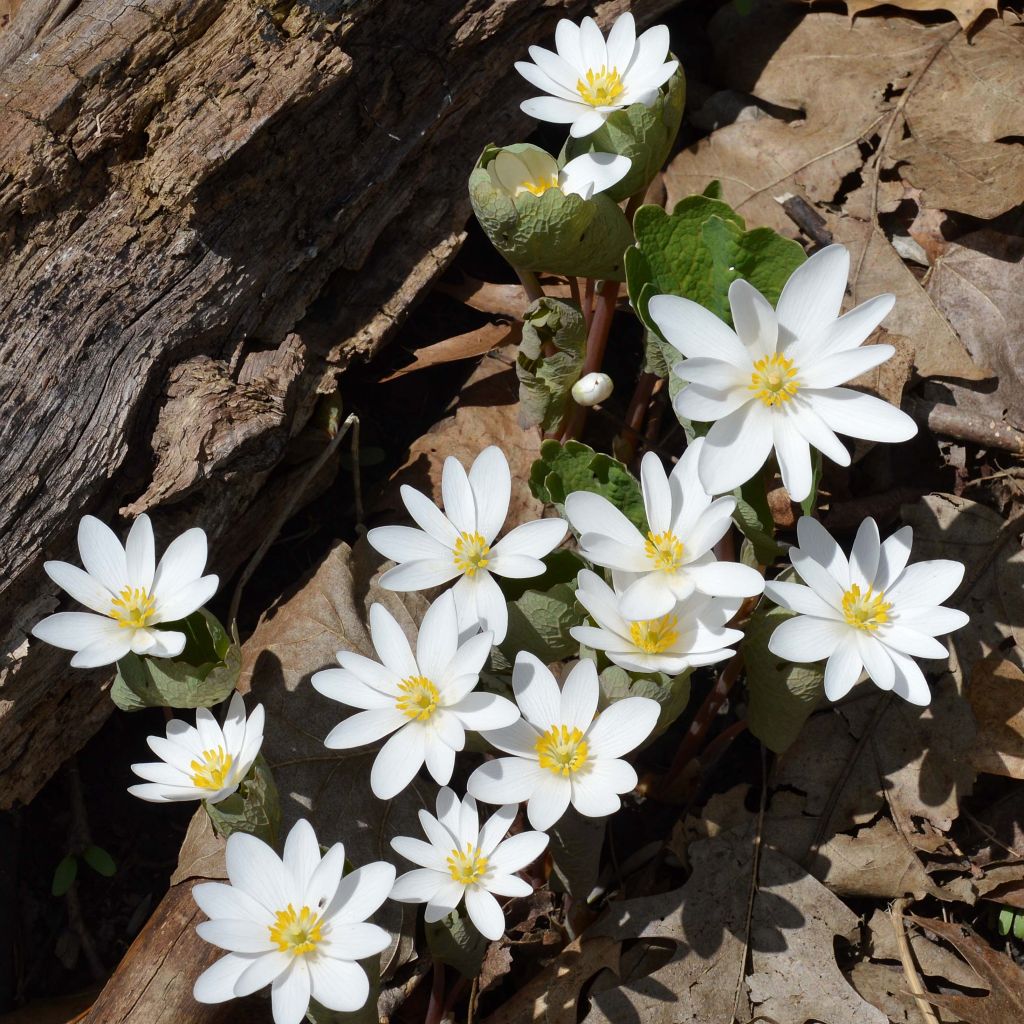

Sanguinaria canadensis
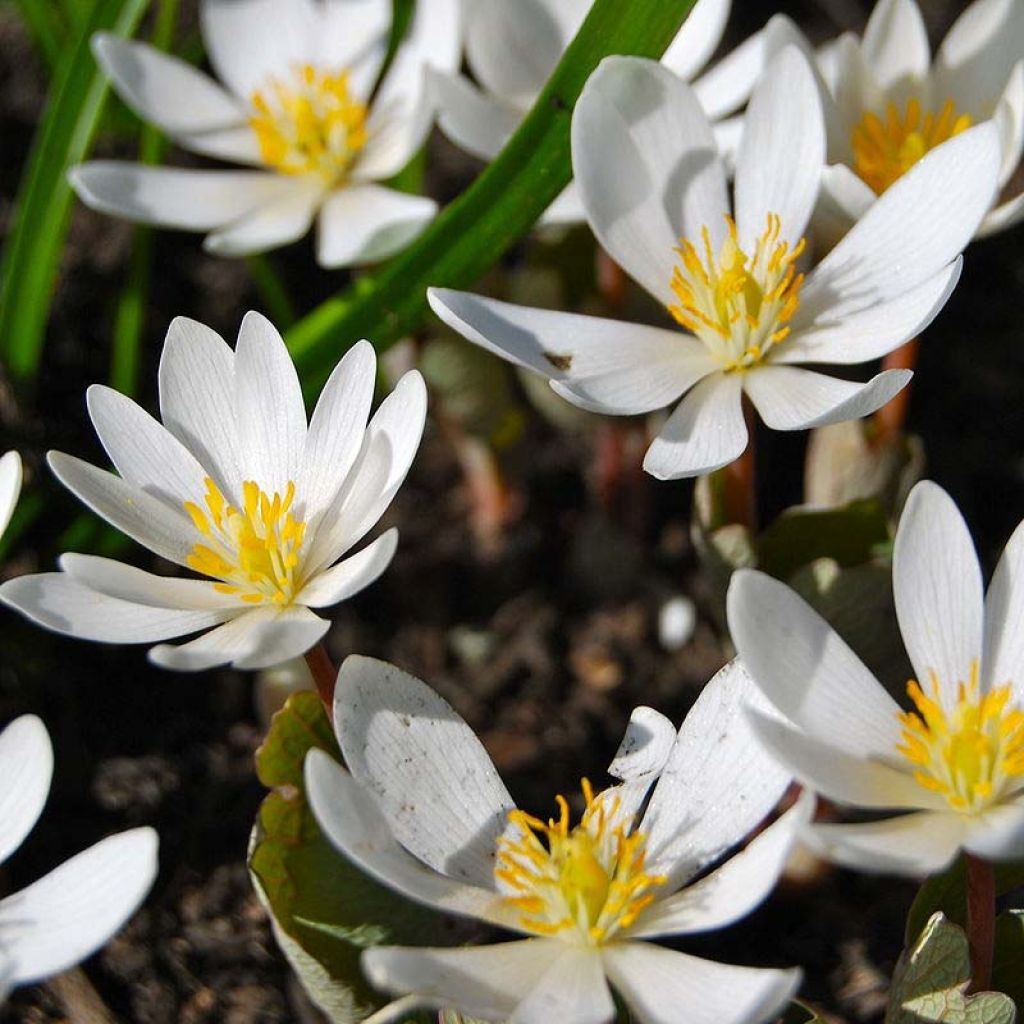

Sanguinaria canadensis
Sanguinaria canadensis
Sanguinaria canadensis
Sanguinaire du Canada
Very small plant with only one branching. Let's wait and see what will happen in the spring.
Bernadette, 27/10/2021
This item cannot be shipped to the selected country
Delivery charge from €5.90
More information
Schedule delivery date,
and select date in basket
This plant carries a 12 months recovery warranty
More information
We guarantee the quality of our plants for a full growing cycle, and will replace at our expense any plant that fails to recover under normal climatic and planting conditions.
From €5.90 for pickup delivery and €6.90 for home delivery
Express home delivery from €8.90.
Does this plant fit my garden?
Set up your Plantfit profile →
Description
Sanguinaria canadensis, better known as Bloodroot, is a beautiful perennial plant used in homeopathy that also deserves a place in gardens that can provide it with the light shade and fresh humus it prefers. Bloodroot offers early spring flowering, in the form of white star-shaped cups, which emerge from the ground at the same time as the foliage. Thanks to its rootstock, it gradually colonizes the soil under deciduous trees, in front of flower beds or in borders, without becoming invasive.
Sanguinaria canadensis is a fully hardy herbaceous perennial plant, belonging to the same family as poppies, the Papaveraceae family. It is a botanical species native to eastern North America where it grows in clear understorey, in partial shade, on fresh soils rich in humus. It is nicknamed "bloodroot" because of the blood-red exudate that oozes from the tuberous roots when they are broken. It is a slow-growing, deciduous perennial, with its aerial growth emerging from the ground in spring and disappearing during summer. Over time, it forms beautiful rounded clumps that do not exceed 25cm (10in) in height. Flowering takes place in March-April, at the same time as the leaves emerge from the ground, on plants aged 3 to 4 years. Each flower is surrounded by a leaf. The corolla, which measures 4 to 8cm (2 to 3in) wide, is borne on a stem 25cm (10in) above the ground. Cup-shaped, it consists of 6 white petals surrounding a heart of golden yellow stamens. This flowering lasts about 2 weeks. The foliage consists of large leaves measuring up to 25cm (10in) wide, with a thick texture, in the shape of a heart or kidney. The lamina, green-grey in colour, is divided into 7 unequal lobes with a dentate margin. Each leaf unfolds in the morning and closes in the evening. All parts of the plant are toxic if ingested.
Bloodroot likes partial shade, rich humus soils, light and fresh, non-calcareous. It pairs well with Lungworts, Epimedium grandiflorum, and Omphalodes, Trilliums or Brunnera macrophylla 'Jack Frost' , for example, all of these plants enjoy the same environments.
Report an error about the product description
Sanguinaria canadensis in pictures




Flowering
Foliage
Plant habit
Botanical data
Sanguinaria
canadensis
Papaveraceae
Sanguinaire du Canada
North America
Other Perennials A to Z
Planting and care
The bloodroots are good perennial plants for cool and humid climates, as they fear heat and summer drought. They are very hardy and like leafy undergrowth where they find humus and the necessary moisture for their proper development. As they flower early, before the trees are fully leafy, they find sufficient light. These plants also grow very well in borders and beds exposed to the first morning sun. They fear wood.
Planting period
Intended location
Care
-
, onOrder confirmed
Reply from on Promesse de fleurs
Spring flowering perennials
Haven't found what you were looking for?
Hardiness is the lowest winter temperature a plant can endure without suffering serious damage or even dying. However, hardiness is affected by location (a sheltered area, such as a patio), protection (winter cover) and soil type (hardiness is improved by well-drained soil).

Photo Sharing Terms & Conditions
In order to encourage gardeners to interact and share their experiences, Promesse de fleurs offers various media enabling content to be uploaded onto its Site - in particular via the ‘Photo sharing’ module.
The User agrees to refrain from:
- Posting any content that is illegal, prejudicial, insulting, racist, inciteful to hatred, revisionist, contrary to public decency, that infringes on privacy or on the privacy rights of third parties, in particular the publicity rights of persons and goods, intellectual property rights, or the right to privacy.
- Submitting content on behalf of a third party;
- Impersonate the identity of a third party and/or publish any personal information about a third party;
In general, the User undertakes to refrain from any unethical behaviour.
All Content (in particular text, comments, files, images, photos, videos, creative works, etc.), which may be subject to property or intellectual property rights, image or other private rights, shall remain the property of the User, subject to the limited rights granted by the terms of the licence granted by Promesse de fleurs as stated below. Users are at liberty to publish or not to publish such Content on the Site, notably via the ‘Photo Sharing’ facility, and accept that this Content shall be made public and freely accessible, notably on the Internet.
Users further acknowledge, undertake to have ,and guarantee that they hold all necessary rights and permissions to publish such material on the Site, in particular with regard to the legislation in force pertaining to any privacy, property, intellectual property, image, or contractual rights, or rights of any other nature. By publishing such Content on the Site, Users acknowledge accepting full liability as publishers of the Content within the meaning of the law, and grant Promesse de fleurs, free of charge, an inclusive, worldwide licence for the said Content for the entire duration of its publication, including all reproduction, representation, up/downloading, displaying, performing, transmission, and storage rights.
Users also grant permission for their name to be linked to the Content and accept that this link may not always be made available.
By engaging in posting material, Users consent to their Content becoming automatically accessible on the Internet, in particular on other sites and/or blogs and/or web pages of the Promesse de fleurs site, including in particular social pages and the Promesse de fleurs catalogue.
Users may secure the removal of entrusted content free of charge by issuing a simple request via our contact form.
The flowering period indicated on our website applies to countries and regions located in USDA zone 8 (France, the United Kingdom, Ireland, the Netherlands, etc.)
It will vary according to where you live:
- In zones 9 to 10 (Italy, Spain, Greece, etc.), flowering will occur about 2 to 4 weeks earlier.
- In zones 6 to 7 (Germany, Poland, Slovenia, and lower mountainous regions), flowering will be delayed by 2 to 3 weeks.
- In zone 5 (Central Europe, Scandinavia), blooming will be delayed by 3 to 5 weeks.
In temperate climates, pruning of spring-flowering shrubs (forsythia, spireas, etc.) should be done just after flowering.
Pruning of summer-flowering shrubs (Indian Lilac, Perovskia, etc.) can be done in winter or spring.
In cold regions as well as with frost-sensitive plants, avoid pruning too early when severe frosts may still occur.
The planting period indicated on our website applies to countries and regions located in USDA zone 8 (France, United Kingdom, Ireland, Netherlands).
It will vary according to where you live:
- In Mediterranean zones (Marseille, Madrid, Milan, etc.), autumn and winter are the best planting periods.
- In continental zones (Strasbourg, Munich, Vienna, etc.), delay planting by 2 to 3 weeks in spring and bring it forward by 2 to 4 weeks in autumn.
- In mountainous regions (the Alps, Pyrenees, Carpathians, etc.), it is best to plant in late spring (May-June) or late summer (August-September).
The harvesting period indicated on our website applies to countries and regions in USDA zone 8 (France, England, Ireland, the Netherlands).
In colder areas (Scandinavia, Poland, Austria...) fruit and vegetable harvests are likely to be delayed by 3-4 weeks.
In warmer areas (Italy, Spain, Greece, etc.), harvesting will probably take place earlier, depending on weather conditions.
The sowing periods indicated on our website apply to countries and regions within USDA Zone 8 (France, UK, Ireland, Netherlands).
In colder areas (Scandinavia, Poland, Austria...), delay any outdoor sowing by 3-4 weeks, or sow under glass.
In warmer climes (Italy, Spain, Greece, etc.), bring outdoor sowing forward by a few weeks.


































